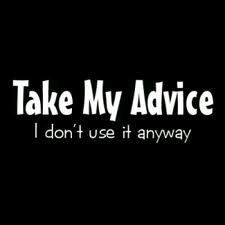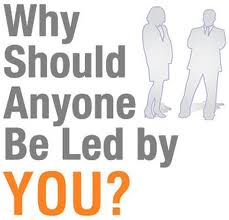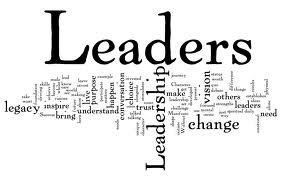 I have a number of different bloggers who I really enjoy reading. One of those “favs” is Gail Perry who writes “Fired-Up Fundraising”. Last week, I received an email notice from Gail announcing that she published a blog post titled: “5 Insanely Successful Ideas for Getting in the Door to See Your Prospect“.
I have a number of different bloggers who I really enjoy reading. One of those “favs” is Gail Perry who writes “Fired-Up Fundraising”. Last week, I received an email notice from Gail announcing that she published a blog post titled: “5 Insanely Successful Ideas for Getting in the Door to See Your Prospect“.
I just love her advice, and I suggest you click over and read her tips, too. While there isn’t anything there that you haven’t practiced, it really is great to see all of this written in one place.
However, Gail’s second tip — “Advice visit” — stopped me in my tracks.
The gist of this tip is:
- Pick-up the phone
- Ask the donor if you can have some time because you’d like to secure some “advice”
- Set the appointment
 I totally agree with Gail that this is a great way to get some “face time” with your donors. There is nothing more flattering than getting asked your opinion. Right?
I totally agree with Gail that this is a great way to get some “face time” with your donors. There is nothing more flattering than getting asked your opinion. Right?
So, where is the catch?
In my experience, I’ve found that asking for a donor’s opinion goes beyond just asking their opinion. It includes acting upon that advice or being able to explain why that advice was not acted upon.
Don’t believe me?
Imagine a situation where you ask a donor to help evaluate a special event. They offer some advice that just doesn’t align with your vision for the event, and you decided to ignore the suggestion. However, the donor is very excited about being asked their opinion and can’t seem let go of it.
This might cause some fundraising professionals to take a pass on asking donors for advice; however, it doesn’t have to be that way.
Here are a few suggestions for those of you wanting to engage donors by using the “Ask Advice” tactic:
- Be genuine at all times.
- If the advice isn’t what you expect, share your thoughts in a respectful manner.
- If the ideas shared are complicated or seemingly unrealistic, ask them to help you explore their suggestions. You might be surprised. Or the donor might just learn more about your agency.
- Always circle back with the donor and share with them what happened (or didn’t happen) as a result of their advice.
- If their advice isn’t used, be able to explain why not.
Do you remember the last time your opinion was asked for and it wasn’t used? If so, I suggest you keep that memory close to your heart before employing this donor engagement tactic. It will serve as a great compass that should keep you on the path to success.
Have you ever found yourself in this situation? How did you handle it? Please use the comment box below and share your experiences. We can all learn from each other.
Here’s to your health!
Erik Anderson
Founder & President, The Healthy Non-Profit LLC
www.thehealthynonprofit.com
erik@thehealthynonprofit.com
http://twitter.com/#!/eanderson847
http://www.facebook.com/eanderson847
http://www.linkedin.com/in/erikanderson847
























